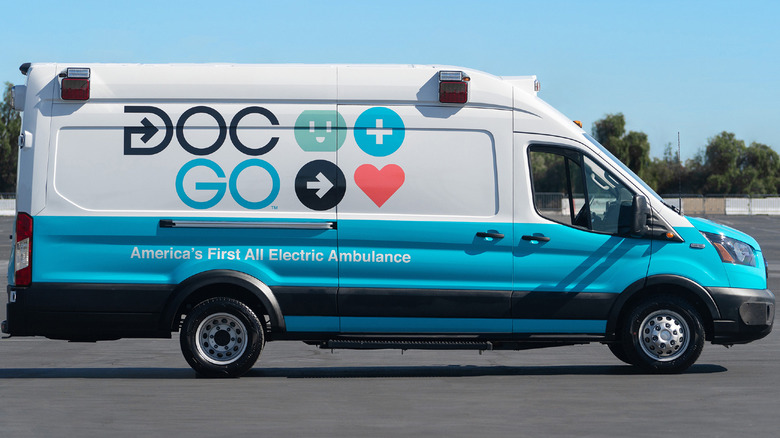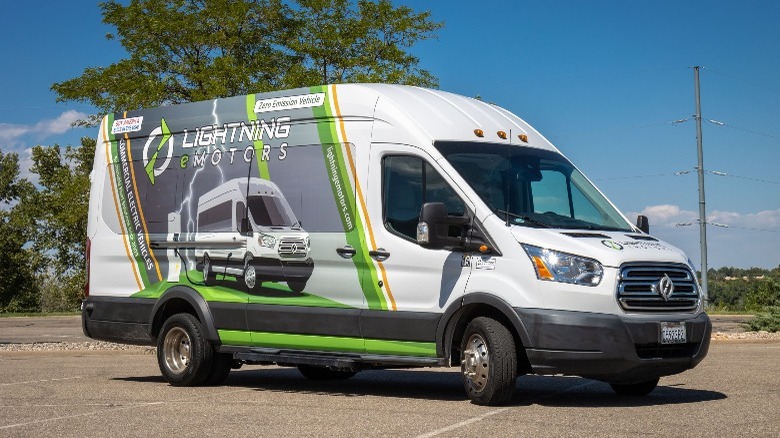DocGo Just Revealed The First Zero-Emissions EV Ambulance In The USA
DocGo's particular combination of physical and telehealth medical care requires a lot of transportation. Some of the service's current fleet is made up of hybrid vehicles, but now it's introducing an all-electric, zero-emission ambulance that it claims is the "first of its kind" for the US.
"Our 'Zero Emission' Initiative exemplifies how DocGo is revolutionizing the delivery of mobile medical care," said DocGo CEO and founder Stan Vashovsky, in the announcement, "and building a company that's better for our patients, for our care providers, for our customers, and for the planet."
The new vehicle has been developed in partnership with Lightning eMotors and is intended to be the first in what will eventually be an all-electric fleet that DocGo plans to have completed by 2032. And who knows? If the fleet performs well enough it might encourage hospitals to ignore the EPA's diesel regulation exceptions for their own ambulances (or maybe it will help the USPS change its mind?) — though there's no actual indication of this happening for the time being.
Why it matters
An all-electric, zero-emission ambulance presents a number of benefits once you get past the initial costs of the vehicle itself and a charging station.
In the announcement, director of marketing and sales operations for Lightning eMotors, Nicholas Bettis, pointed out that "the drastic reduction in pollutants is better for the overall health of the patients being transported." Referring to patients not being exposed to the effects of exhaust fumes, because there aren't any.
There's also the obvious environmental benefits, with DocGo stating that its new vehicle produces 1/10th of the pollutants expelled by a standard gas-powered ambulance. So at least as far as its impact on air quality goes, it would take ten of DocGo's all-electric ambulances to equal the same output as a more typical one.
Lastly, DocGo expects that its new zero-emission fleet would have lower operational costs (maintenance, fuel, etc) than a standard petrol equivalent. Something that would save money, which it says would also lead to lower patient transportation fees. Whether or not the company will be capable of making good on their assertions here remains to be seen.

